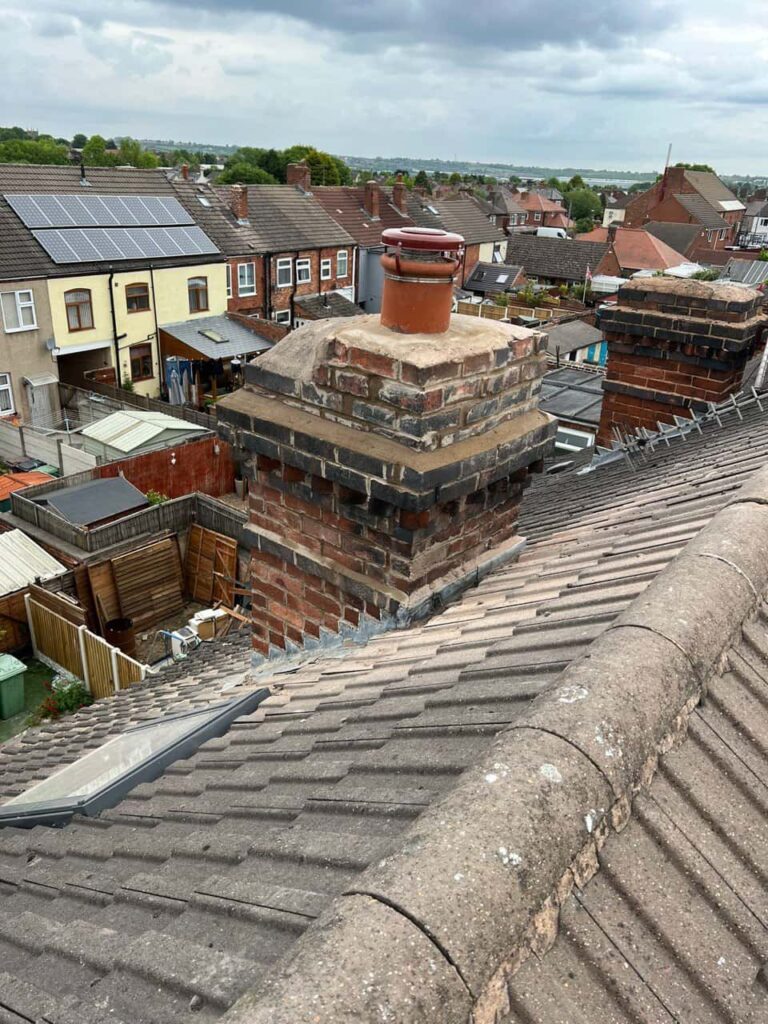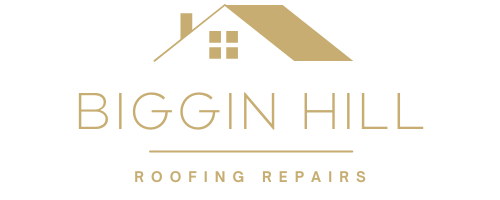Introduction: As homeowners in Biggin Hill, understanding the common causes of roof leaks can help you maintain the integrity of your property and avoid costly repairs. At Biggin Hill Roofing Repairs, we highlight the typical culprits behind roof leaks in British homes and provide insights into how to prevent them.
1. Damaged or Missing Roof Tiles
One of the primary causes of roof leaks is damaged or missing roof tiles. Over time, tiles can crack, break, or dislodge due to weathering, storm damage, or improper installation. This compromises the roof’s waterproof barrier, allowing water to penetrate the underlying structure.
2. Faulty Roof Flashing
Flashing is a thin material, usually made of metal, installed around roof features such as chimneys, skylights, and vents to prevent water ingress. When flashing becomes loose, corroded, or improperly installed, it creates openings where water can seep through, leading to leaks.
3. Clogged Gutters and Downspouts
Blocked gutters and downspouts prevent proper drainage of rainwater from the roof. Water accumulation due to debris buildup can overflow onto the roof surface and seep into the underlying structure, causing leaks and potential water damage to the fascia and soffit boards.
4. Aging Roofing Materials
As roofing materials age, they become more susceptible to wear and deterioration. Brittle or cracked roofing materials, including asphalt shingles, wooden shakes, and flat roofing membranes, can develop leaks over time as they lose their waterproofing capabilities.
5. Poor Roof Ventilation
Inadequate roof ventilation can lead to moisture buildup in the attic or roof space. Accumulated moisture can condense and cause water damage, including roof leaks. Proper ventilation helps regulate attic temperature and humidity levels, reducing the risk of leaks and mould growth.
6. Ice Dams
Ice dams can form along the roof edges during winter when melted snow refreezes. These ice dams can trap water on the roof, leading to pooling and potential leaks underneath roofing materials. Proper insulation and ventilation are essential to prevent ice dam formation.
7. Roof Penetrations
Roof penetrations such as plumbing vents, HVAC units, and satellite dishes require proper sealing and flashing to prevent water infiltration. Improperly sealed penetrations or deteriorated flashing around these fixtures can compromise the roof’s integrity and cause leaks.
8. Heavy Rain and Storm Damage
Intense rainfall and severe storms can overwhelm roofing systems, especially if the roof is already compromised by age or previous damage. High winds, hail, and flying debris during storms can cause immediate roof damage, leading to leaks if not repaired promptly.
Preventing Roof Leaks:
- Regular Inspections: Schedule annual roof inspections to detect and address potential issues early.
- Prompt Repairs: Address any damaged or missing roof tiles, flashing, or gutter issues promptly.
- Maintain Gutters: Clean gutters and downspouts regularly to ensure proper water drainage.
- Upgrade Roofing Materials: Consider upgrading to more durable and weather-resistant roofing materials.
- Professional Maintenance: Engage a reputable roofing contractor for regular maintenance and repairs.
Conclusion: By understanding the common causes of roof leaks and implementing proactive maintenance strategies, homeowners in Biggin Hill can safeguard their properties against water damage and prolong the lifespan of their roofs.
Call us on: 01959 582 996
Click here to find out more about Biggin Hill Roofing Repairs
Click here to complete our contact form and see how we can help you with your roofing needs.

